Flow-through Depth
equinoxequinox
14 years ago
Related Stories
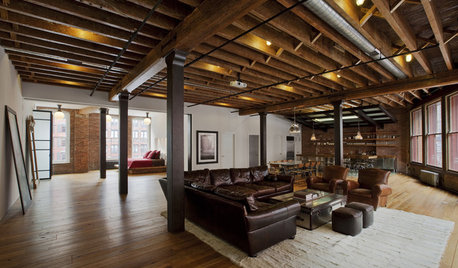
INDUSTRIAL STYLEHouzz Tour: Tribeca Through and Through
Surrounding neighborhood elements and history inspire a New York loft's gut renovation
Full Story
DECORATING GUIDESHow to Create a Cohesive Color Flow Throughout Your Home
Designers share eight techniques for avoiding a choppy feeling in your spaces
Full Story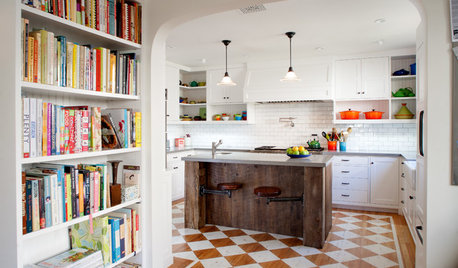
HOUZZ TOURSHouzz Tour: Better Flow for a Los Angeles Bungalow
Goodbye, confusing layout and cramped kitchen. Hello, new entryway and expansive cooking space
Full Story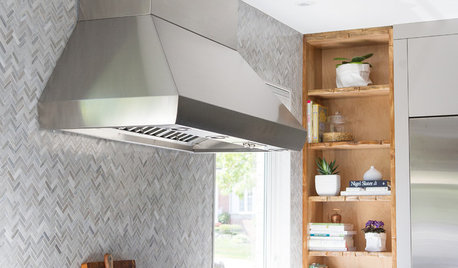
KITCHEN DESIGNKitchen of the Week: Function and Flow Come First
A designer helps a passionate cook and her family plan out every detail for cooking, storage and gathering
Full Story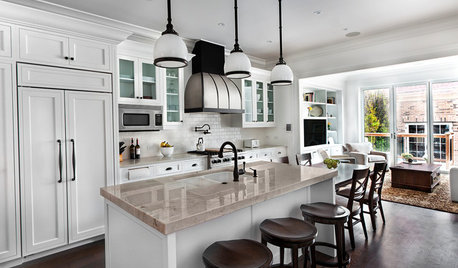
KITCHEN OF THE WEEKKitchen of the Week: Good Flow for a Well-Detailed Chicago Kitchen
A smart floor plan and a timeless look create an inviting kitchen in a narrow space for a newly married couple
Full Story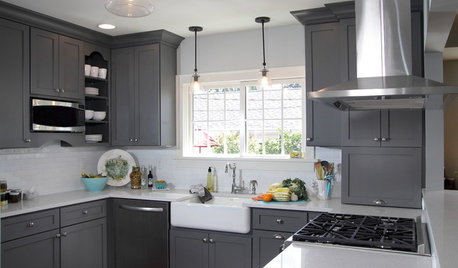
KITCHEN OF THE WEEKKitchen of the Week: New Function, Flow — and Love — in Milwaukee
A traditional kitchen get an improved layout and updated finishes in a remodel that also yields a surprise
Full Story
CONTEMPORARY HOMESHouzz Tour: A Concrete House With an Easy Flow
This family home in Melbourne, Australia, accommodates busy mornings, children’s activities and entertaining
Full Story
COLORHouzz Tour: A Colorful Victorian Gets a Through Line
Color, repetition and a 52-foot-long runner unify the rooms in this newly redecorated San Francisco home
Full Story
COLORHow to Layer Tones of Gray for Depth and Harmony
Use texture, pattern, contrast and more to create a subtle, sophisticated look with this popular color
Full Story
LANDSCAPE DESIGNHow to Move Water Through Your Landscape
Swales, underground pipes or a mix of both: There’s more than one way to distribute water in the garden
Full StoryMore Discussions






plumiebear
randomz
Related Professionals
Middle River Landscape Architects & Landscape Designers · Quincy Landscape Architects & Landscape Designers · Cliffside Park Landscape Contractors · Essex Landscape Contractors · Gaithersburg Landscape Contractors · Lorain Landscape Contractors · Newnan Landscape Contractors · Pomona Landscape Contractors · Whittier Landscape Contractors · Reisterstown Landscape Contractors · Laguna Beach Stone, Pavers & Concrete · Brighton General Contractors · Great Falls General Contractors · Kyle General Contractors · Orangevale General ContractorsequinoxequinoxOriginal Author
randomz